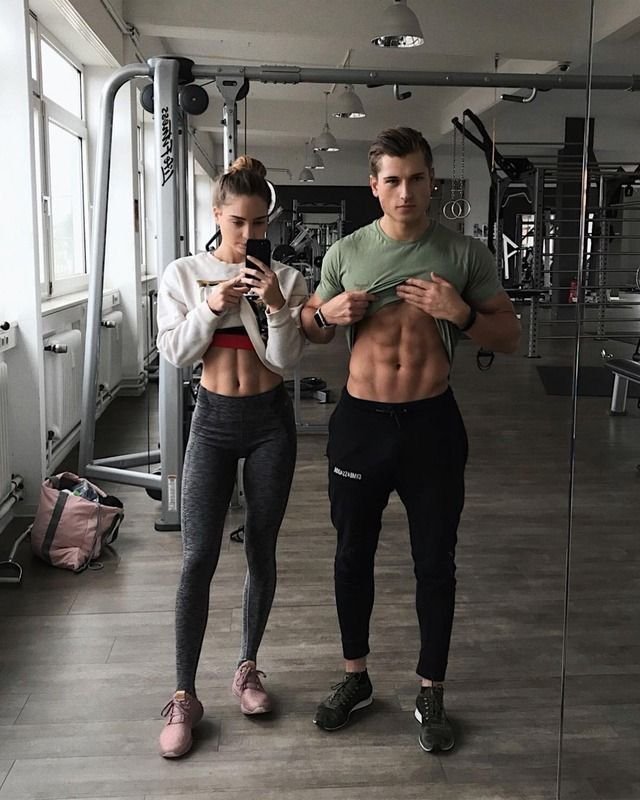5 Abs Training For Core Body Strength: STOP WEAK ABS!
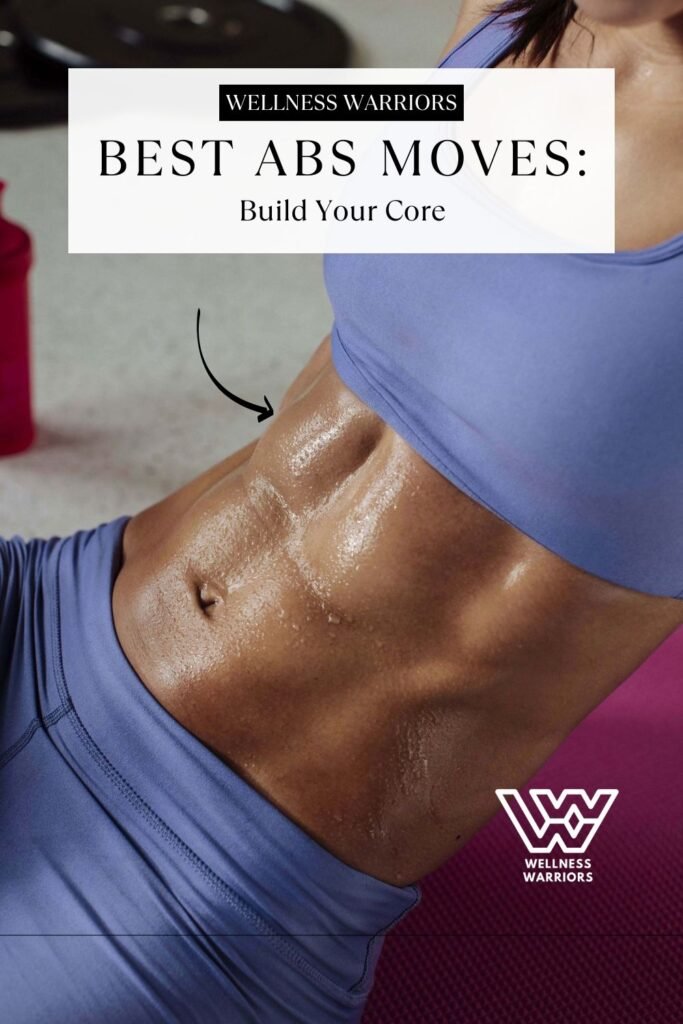
Achieving six-pack abs or a strong core isn’t just about aesthetics—it’s about enhancing your physical activity, improving sports performance, and reducing lower back pain. A well-rounded abs workout targets the entire core, which includes not only the rectus abdominis (the “six-pack” muscles) but also the transverse abdominis, internal obliques, external obliques, and even the pelvic floor.
Whether you’re training for visible abs, better posture, or functional strength, this guide will give you all the tools you need.In this article, we’ll cover the best ab exercises, optimal training techniques, and how to incorporate them into your routine. Get ready to strengthen your core muscles using the best way possible for best results!
Why Core Training Is Essential
The core is the center of your body, connecting your upper body and lower body. A strong core doesn’t just make you look good; it helps:
- Improve posture and balance.
- Enhance stability during physical activity.
- Reduce the risk of lower back pain.
- Boost sports performance in activities like running, lifting, and cycling.
The rectus abdominis may steal the spotlight, but the entire core works as a team. Your transverse abdominisprovides stability, while the obliques create rotational strength, and the pelvic floor supports your spine and hip flexors.
Different Muscles of Your Abs: A Complete Guide Main Abdominal Muscle Groups
The abdominal wall consists of several distinct muscle groups, each serving unique functions in core strength and stability. Here’s a detailed breakdown of each muscle:
1. Rectus Abdominis
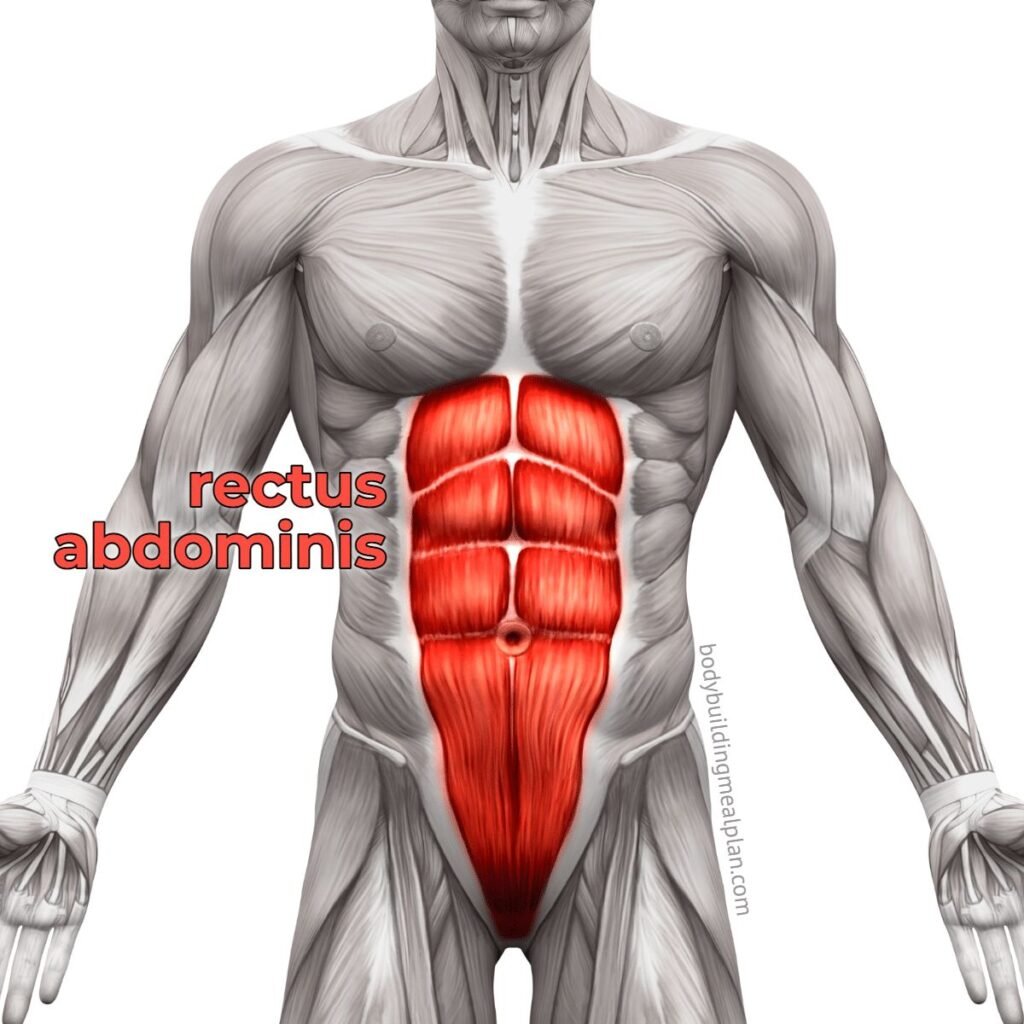
Description: This is the most visible abdominal muscle, commonly known as the “six-pack”
Location: Runs vertically on each side of the anterior wall of the abdomen, divided by the linea alba
Functions:
- Flexes the lumbar spine (as in sit-ups)
- Compresses abdominal visceraAssists in forced breathing, labor, and other bodily functions
- Assists in forced breathing, labor, and other bodily functions
Innervation: Thoracoabdominal nerves (T7-T11) and subcostal nerve (T12)
2. Transverse Abdominis (TVA)
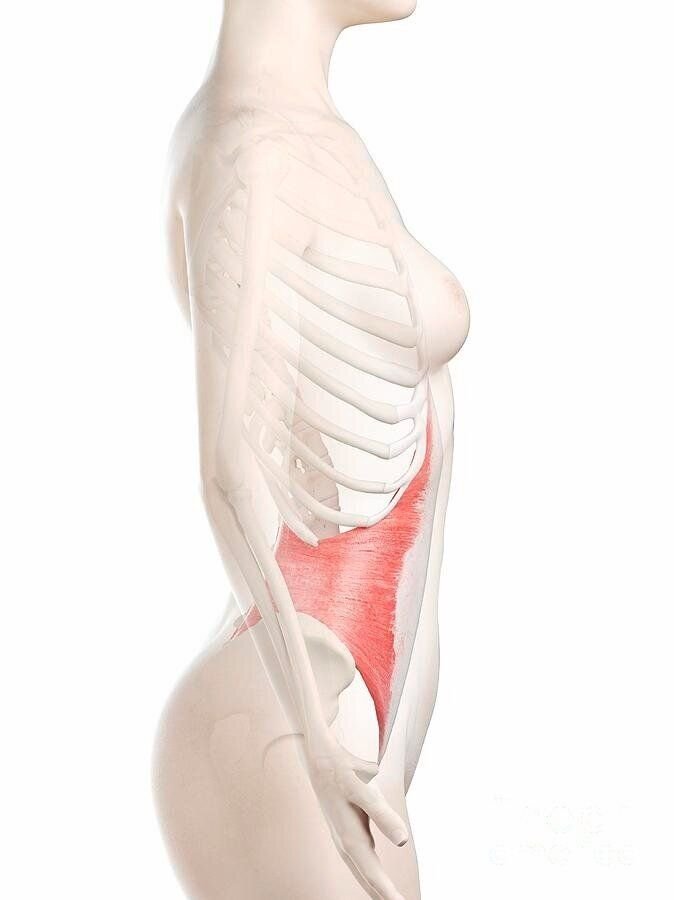
Description: The deepest abdominal muscle layer, often called the body’s natural “corset”
Location: Wraps horizontally around the torso
Functions:
- Stabilizes pelvis and lower back
- Provides thoracic and pelvic stability
- Compresses abdominal contents
Key Role: Acts as a natural corset, providing core stability before any movement occurs
3. Internal Obliques
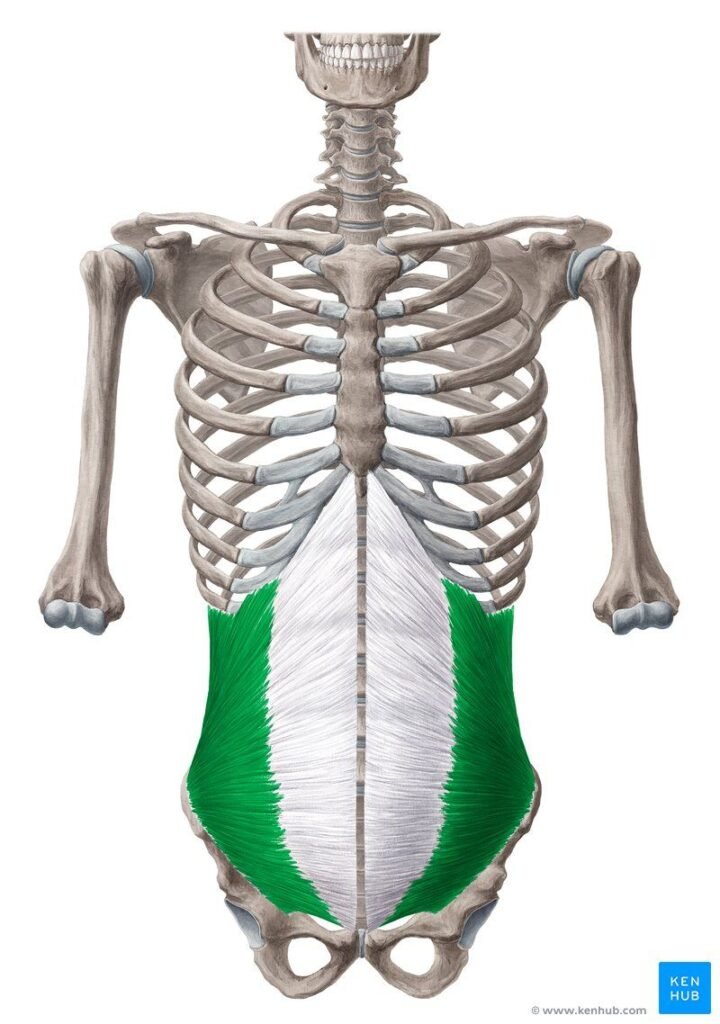
Description: Located beneath the external obliques with fibers running superomedially
Functions:
- Enables trunk rotation
- Facilitates lateral flexion
- Compresses the abdomen when contracted bilaterally
- Creates ipsilateral rotation when contracted unilaterally
Location: Middle layer of the three flat abdominal muscles
4. External Obliques
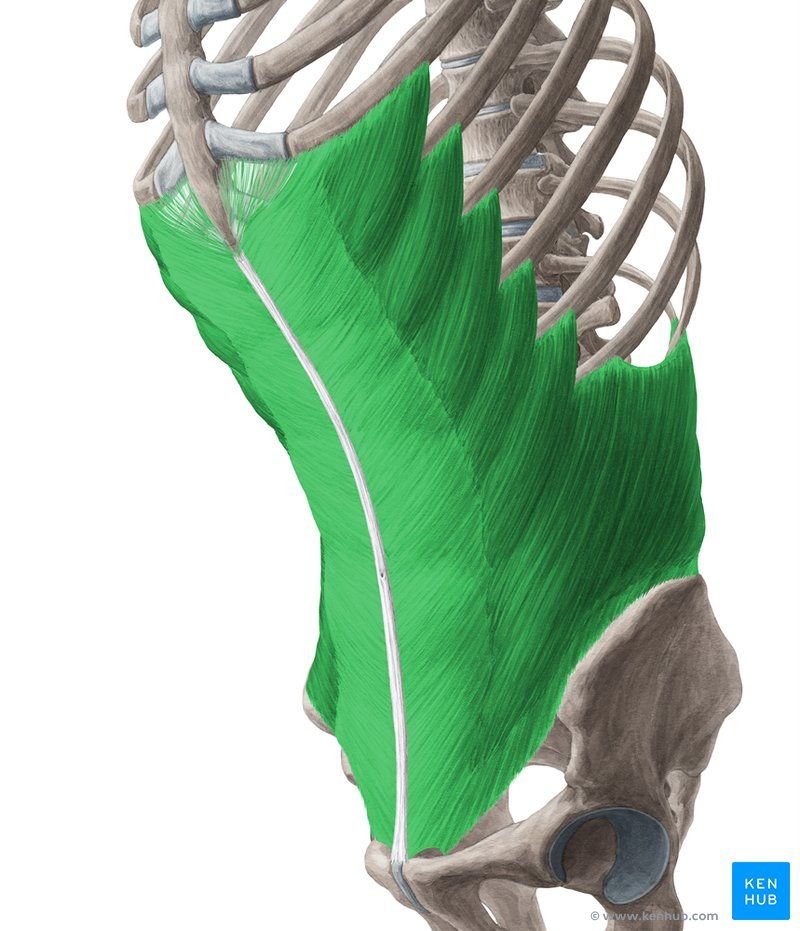
Description: The largest and most superficial of the flat abdominal muscles
Location: Outermost layer of the lateral abdominal wall
Functions:
- Assists in contralateral rotation of the torso
- Helps compress the abdominal cavity
- Enables lateral flexion of the spine
READ MORE: Best Chest Training Complete Guide!
How These Muscles Work Together
The abdominal muscles function as an integrated unit to perform various essential tasks:
1. Stabilization Functions
- Provide trunk stability
- Maintain proper posture
- Create a firm but flexible boundary for internal organs
2. Movement Functions
- The muscles work together to enable:
- Bending movements
- Twisting motions
- Rotational movements
- Lateral flexion
3. Protective Functions
These muscles create:
- A protective wall for internal organs
- Regulation of intra-abdominal pressure
- Support for breathing and other bodily functions
Anatomical Layers
The abdominal wall is structured in distinct layers from superficial to deep:
Outer Layer:
- Skin
- Subcutaneous tissue (including Camper’s and Scarpa’s fascia)
Muscular Layers(in order from superficial to deep):
- External oblique (most superficial)
- Internal oblique (middle layer)
- Transversus abdominis (deepest layer)
Deep Layers:
- Transversalis fascia
- Parietal peritoneum
Integration in Movement
During physical activities, these muscles work in coordination:
Core Stability: All layers work together to stabilize the spine and maintain posture
Dynamic Movements: The muscles coordinate to allow efficient limb movement while maintaining core stability
Rotational Actions: Obliques work primarily during twisting movements while other muscles provide stabilization
Understanding these different abdominal muscles and their functions is crucial for developing effective core training programs and maintaining overall physical health. Each muscle plays a vital role in both everyday movements and athletic performance.
Best Abs Training Exercises
To build strong abs, you need a mix of core exercises that target different areas of the abdominal muscles. Here’s a breakdown of different exercises for building the best abs:
1. Bicycle Crunches
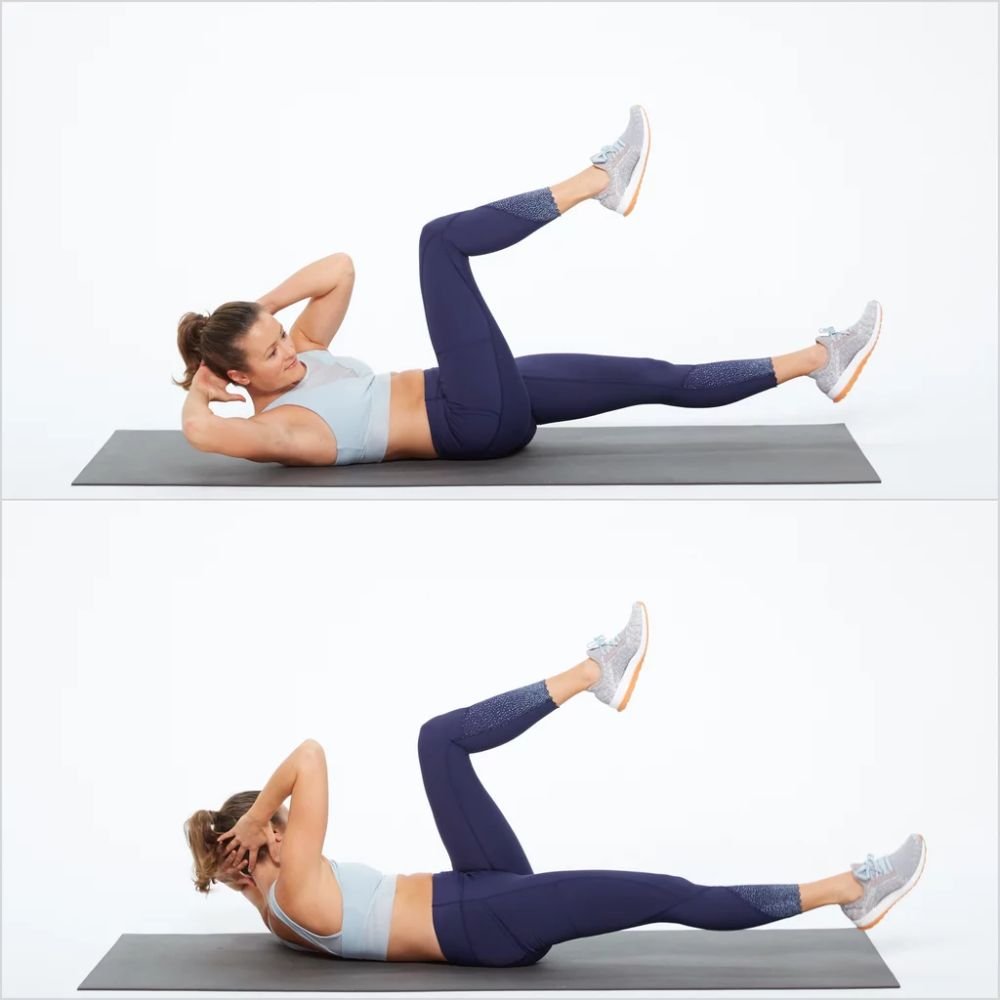
Muscle Group Worked: Rectus abdominis, obliques
The bicycle crunch is a great way to engage your entire core while improving coordination. This exercise targets both your upper abs and lower abs, making it one of the best ab workouts for visible abs.
How to Perform:
1. Lie flat on your back in a neutral position, with your hands behind your head and your legs raised.
2. Bring your left elbow toward your right knee while extending your left leg.
3. Alternate sides, bringing your right elbow toward your left knee.
4. Repeat for sets of 10-15 reps.
2. Dead Bug
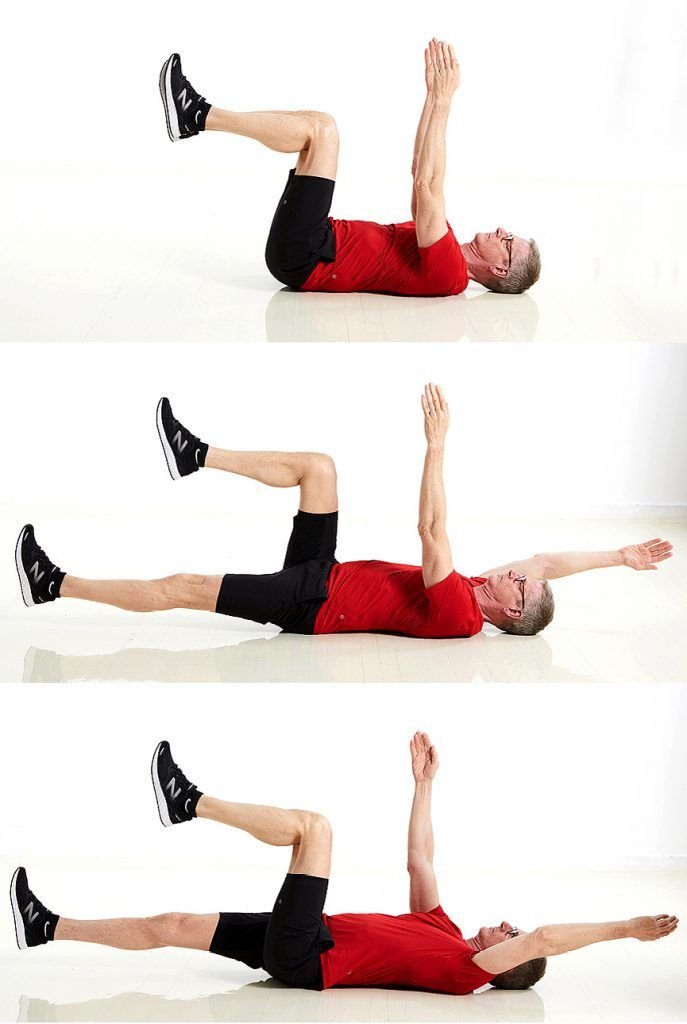
Muscle Group Worked: Transverse abdominis, lower abs
The dead bug challenges your core strength and teaches you to maintain a neutral position in your spine during movement.
How to Perform:
1. Lie on your back with your arms extended toward the ceiling and your knees bent at a 90-degree angle.
2. Slowly lower your right arm and left leg toward the floor while keeping your low back flat.
3. Return to the starting position and switch sides, lowering your left arm and right leg.
4. Focus on engaging your ab muscles the entire time.
3. Plank Variations
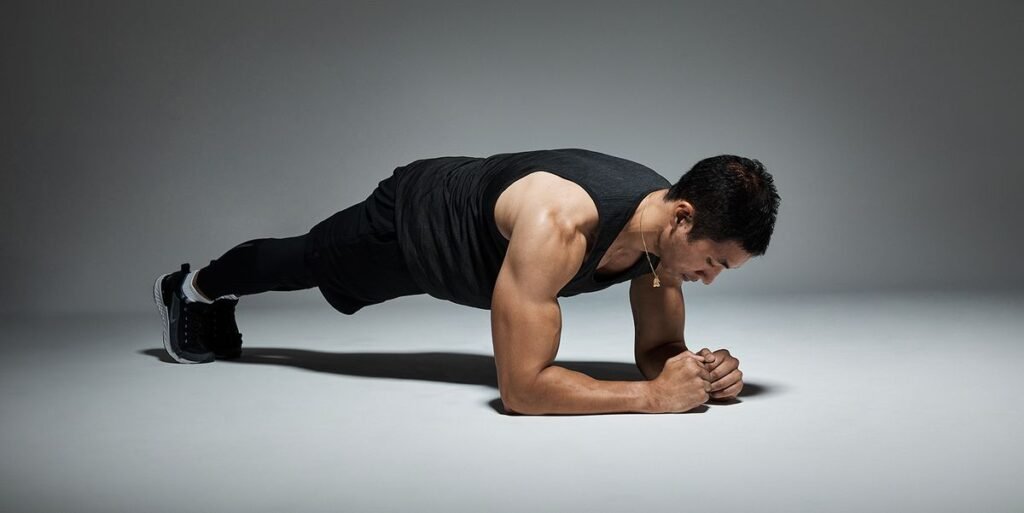
Muscle Group Worked: Entire core
Planks are a staple of core training and can be modified to suit your fitness level. Whether you’re doing a forearm plank position, side plank, or plank with a resistance band, these exercises target the entire core.
Forearm Plank:
1. Start in a straight line with your forearms on the ground and your legs extended.
2. Keep your shoulder blades down, your belly button pulled in, and your body in a neutral position.
3. Hold for 30-60 seconds.
Side Plank:
1. Lie on your side, supporting your body with your right elbow and right foot.
2. Keep your body in a straight line from your head to your feet.
3. Hold for 20-40 seconds before switching sides.
4. Leg Raises
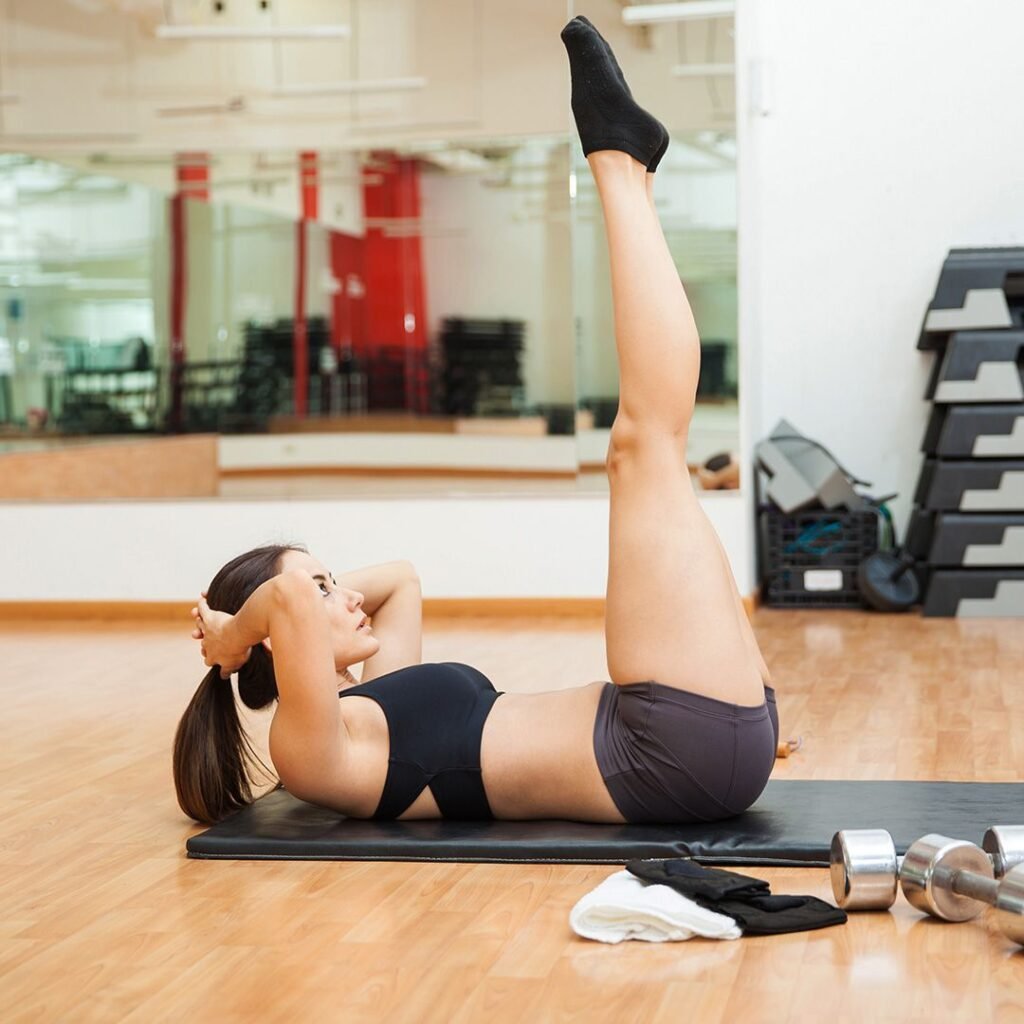
Muscle Group Worked: Lower abs, hip flexorsLeg raises are one of the hardest ab exercises, but they’re incredibly effective for building strong abs and targeting the lower abs.
How to Perform:
1. Lie flat on your back with your legs extended and your arms at your sides.
2. Lift your legs toward the ceiling while keeping your low back pressed into the floor.
3. Slowly lower your legs back to the ground without letting them touch.
4. Repeat for sets of 10-15 reps.
5. Russian Twists
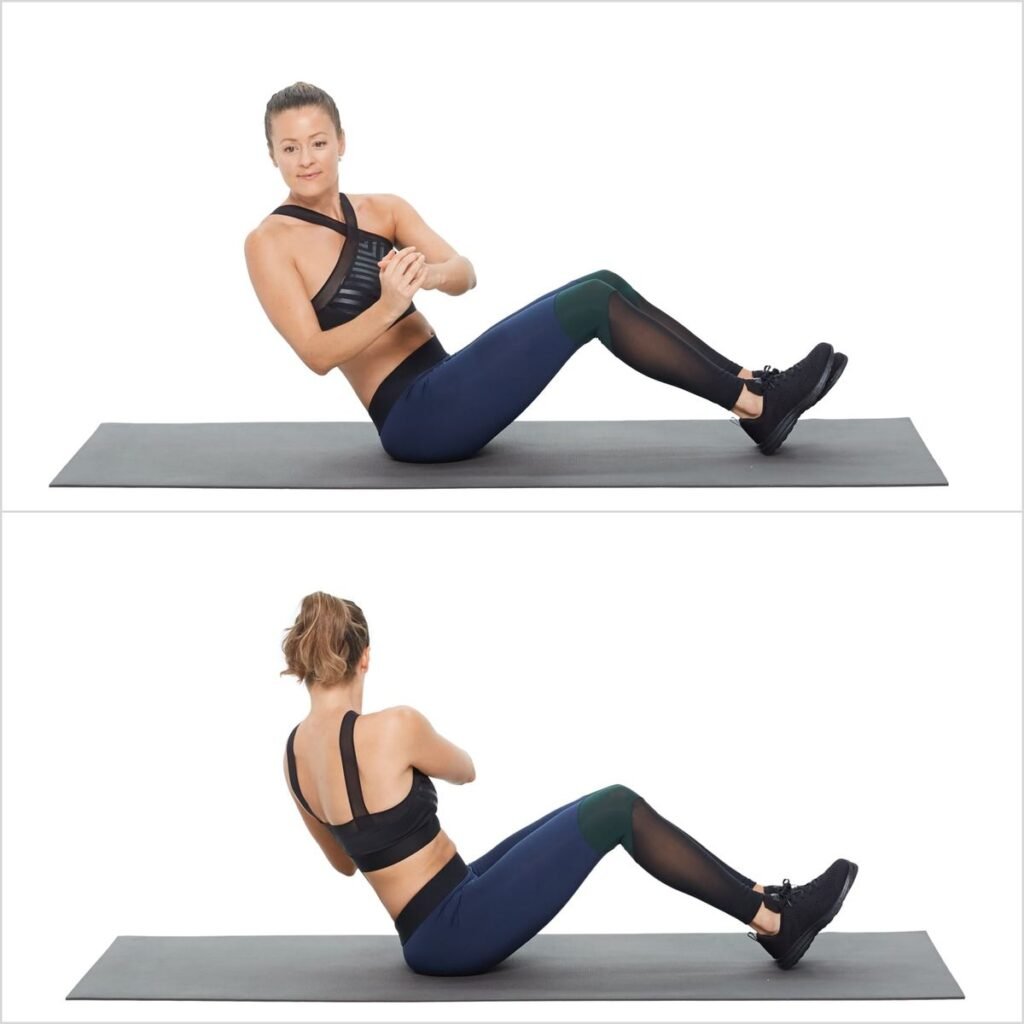
Muscle Group Worked: Obliques, rectus abdominis
This rotational exercise strengthens your internal obliques and external obliques, improving your ability to twist and turn.
How to Perform:
1. Sit on the floor with your knees bent and your feet hovering slightly off the ground.
2. Hold a medicine ball or use your body weight.
3. Twist your torso to the opposite direction, bringing the ball or your hands to the side of your hip.
4. Alternate sides for sets of 10-15 reps.
6. Hanging Leg Raise
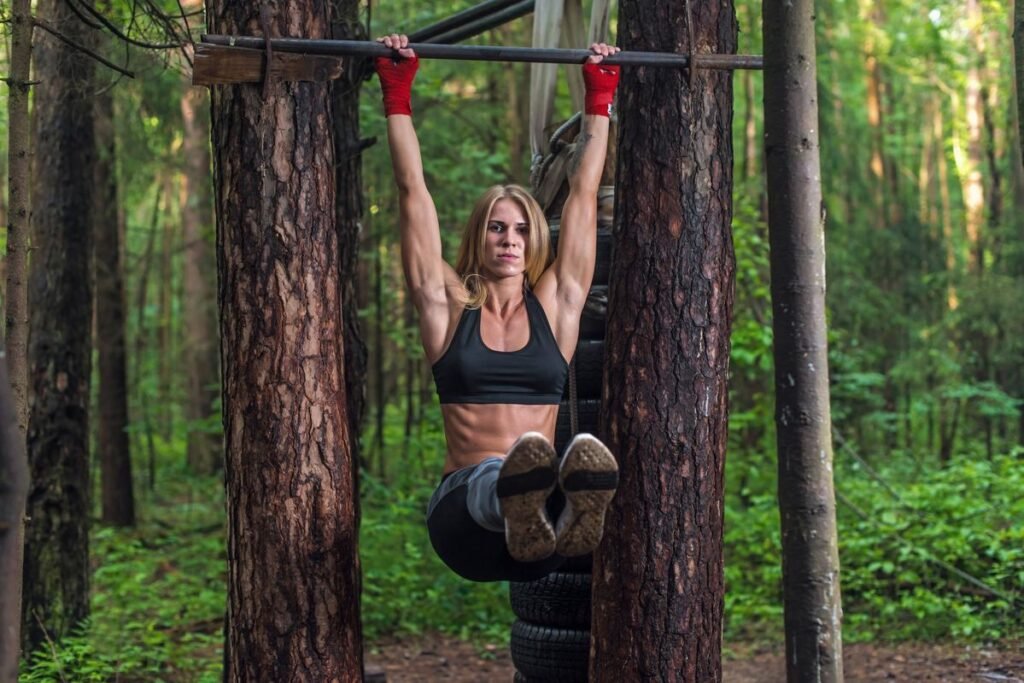
Muscle Group Worked: Lower abs, entire core
A favorite among personal trainers like Coach Jeff Cavaliere, the hanging leg raise is a difficult move but yields impressive results.
How to Perform:
1. Hang from a pull-up bar with your feet shoulder-width apart.
2. Engage your core muscles and lift your legs toward your chest.
3. Slowly lower your legs back to the start position.
4. Repeat for sets of 10-15 reps.
7. Hollow Body Hold
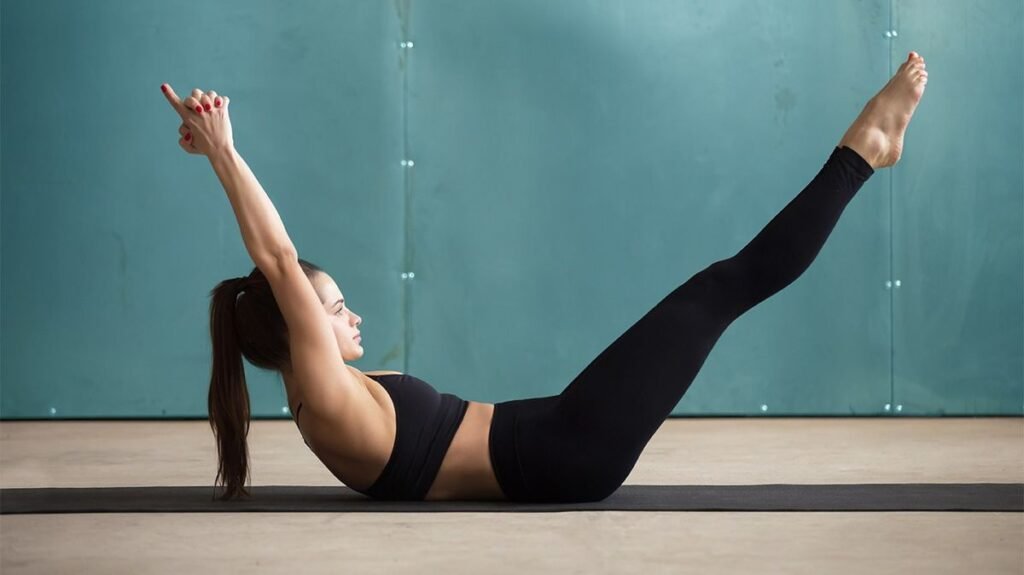
Muscle Group Worked: Transverse abdominis, rectus abdominis
This isometric exercise strengthens the entire core and improves your ability to maintain a hollow body position.
How to Perform:
1. Lie on your back with your arms extended overhead and your legs straight.
2. Lift your shoulders and legs off the ground while keeping your belly button pulled in.
3. Hold the position for 20-30 seconds.
8. Reverse Crunch
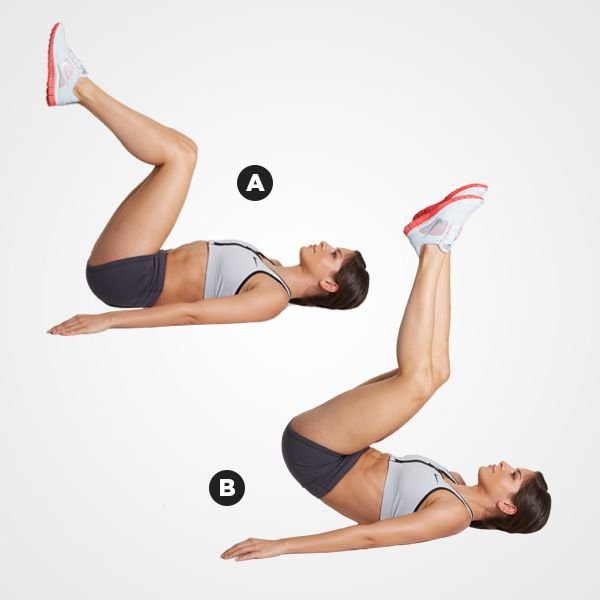
Muscle Group Worked: Lower abs
The reverse crunch is a safer alternative to the traditional crunch, as it reduces strain on the lower back while effectively targeting the lower abs.
How to Perform:
1. Lie on your back with your knees bent and feet flat on the floor.
2. Lift your knees toward your chest, curling your hips off the ground.
3. Slowly lower your legs back to the floor.
4. Repeat for sets of 10-15 reps.
Top Weighted Ab Exercises
1. Cable Crunch
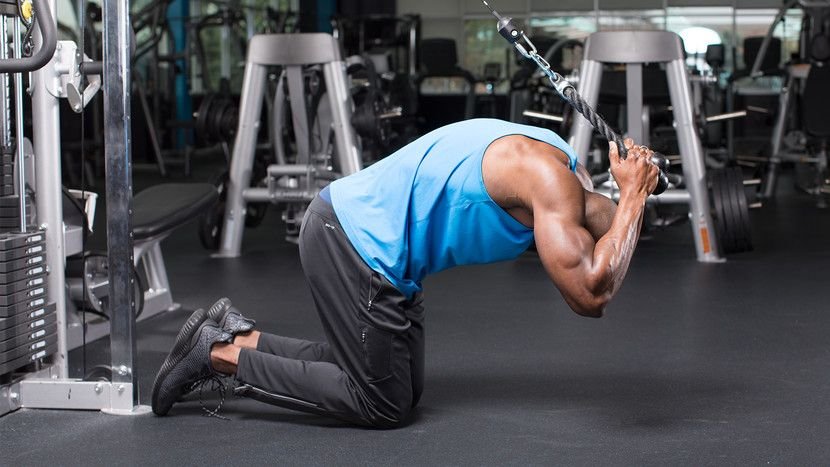
Equipment: Cable machine Benefits:
Provides constant tension throughout the movement
Excellent for targeting the rectus abdominis
Allows for precise progressive overload
Proper Form:
Maintain controlled movements
Focus on engaging the core throughout
Avoid using momentum to complete the movement
2. Russian Twist with Dumbbell/Medicine Ball
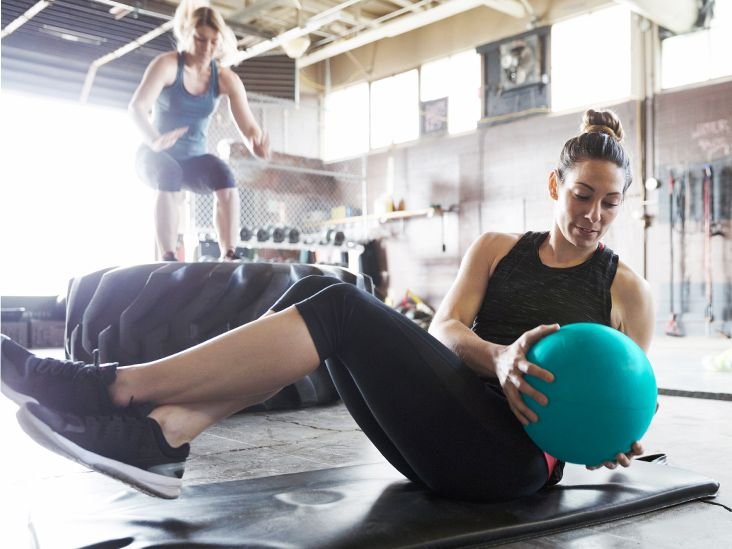
Equipment: Dumbbell or medicine ball
Target Areas: Obliques and core rotational strength
Execution Tips:
Sit with knees bent, feet slightly elevated
Hold weight at chest level
Rotate slowly from side to side while maintaining proper form
3. Turkish Get-Ups
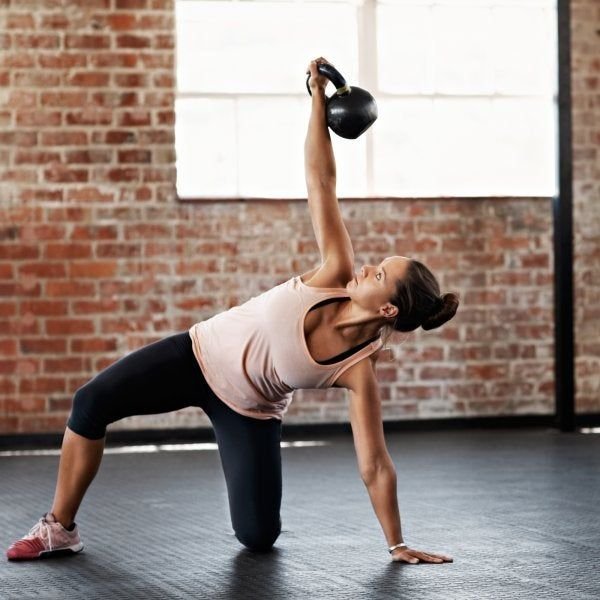
Equipment: Kettlebell
Benefits:
Engages multiple core muscles
Improves stability and coordination
Enhances shoulder strength while working the core
4. Pall of Press
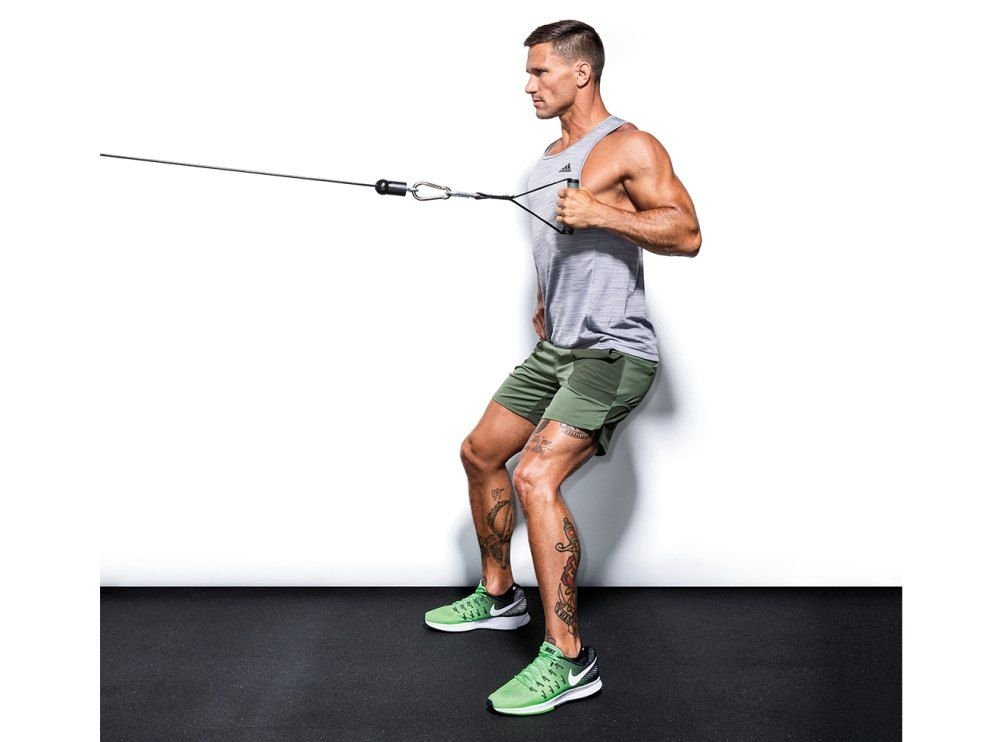
Equipment: Cable machine
Benefits:
Challenges anti-rotational strength
Improves core stability
Perfect for functional core training
5. Weighted Sit-Ups
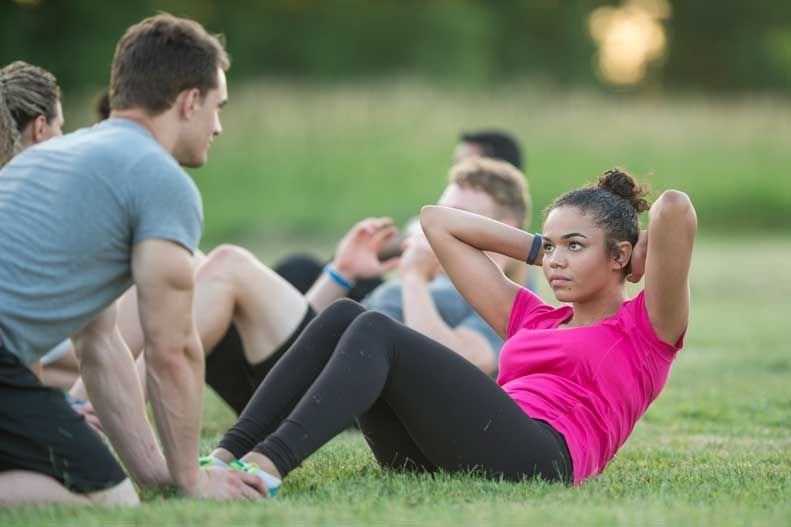
Equipment: Dumbbell or weight plate
Execution:
Hold weight against chest
Maintain controlled movement
Focus on engaging abs throughout the motion
Programming Guidelines
Sets and Reps
For optimal results, follow these guidelines :
Strength Focus: 3-5 sets of 1-6 reps (heavier weights)
Muscle Growth: 3-4 sets of 6-12 reps (moderate weights)
Endurance: 2-3 sets of 15+ reps (lighter weights)
Weight Progression
Follow these progression principles :
Increase weight by 2-10% when current weight becomes manageable
For upper body exercises: increase by 2.5-5 lbs (beginners) or 5-10+ lbs (advanced)
Ensure proper form before increasing weight
Tips for Best Results
To maximize your abs routine, follow these tips:
1. Focus on Proper Form: Always maintain correct form to avoid injury and ensure you’re targeting the right muscle group.
2. Incorporate Strength Training: Using a cable machine, medicine ball, or resistance band can add variety and intensity.
3. Engage Your Entire Body: Exercises like bird dogs and planks involve your entire body for functional strength.
4. Reduce Body Fat: Visible abs require a low body fat percentage, so combine core-strength exercises with a balanced diet and cardio.
5. Work with a Personal Trainer: A personal trainer can create a customized program to reach your fitness goals.
Why You Should Avoid Crunch-Only Workouts
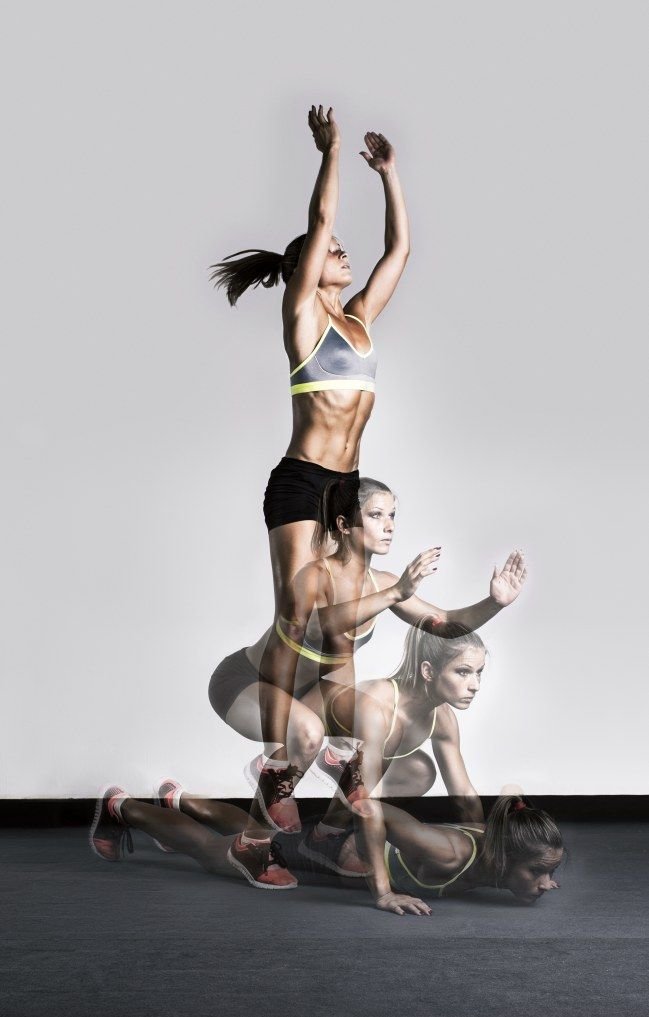
While traditional crunches can build the rectus abdominis, they don’t target the entire core. Neglecting muscles like the transverse abdominis and obliques can lead to imbalances and lower back pain.
The best way to achieve strong abs is through a combination of core exercises that target the entire core. From bicycle crunches to planks, these exercises will help you build the strong core muscles necessary for better movement, reduced pain, and sports performance.Remember, consistency is key. Incorporate these exercises into your routine at least 3-4 times a week, and don’t forget to maintain good nutrition for best results.Good news: With dedication, you’ll be well on your way to achieving the best abs of your life!

